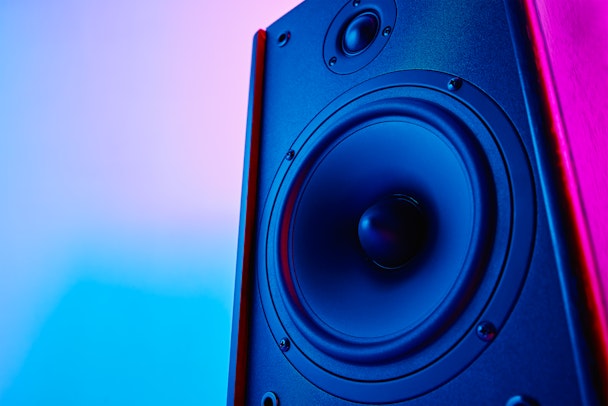
Advertisement

What’s your favorite jingle? / Lazy_Bear via Envato Elements
As part of The Drum’s Audio Deep Dive, we listen to the best ever sonic logos with top creatives and explore how the catchy jingle became the less playful sonic brand.
Jingles are eponymous with advertising – they play a huge role in forging an emotional connection between people and brands. The first noted jingle came from cereal brand Wheaties in 1926. The catchy ditty, aptly titled ‘the best breakfast food in the land,’ was broadcast on Christmas Eve to Minneapolis residents.
It’s a favorite of Diederik van Middelkoop, executive creative director at Amp Amsterdam, even now. He notes: “It had to be sung live on the radio by four singers – every... single... time. The story goes that, as cereal sales dropped across the US, a smart advertising manager noticed that the Wheaties brand was still popular in Minnesota – the only state in which the jingle was being aired on the radio at the time.
“Nationwide airing ensued and it saved the Wheaties brand. A brilliant case of audio branding. It even showed clever use of consumer data feeding into a brand’s advertising strategy – something we talk about a lot these days.”
In the 90+ years since the General Mills jingle, advertisers have been creating a unique song or mnemonic to convey products. It’s an ever-evolving sector, but is music the strongest emotional catalyst in your marketing and communication toolkit?
“It’s about time that audio received the attention it always deserved in the first place,” says Van Middelkoop. “However, when everyone is chanting the same mantra, the question of its authenticity arises.“
Fast-food chain McDonald’s showed it really knew its audience back in 2003 when it enlisted chart-topping pop star Justin Timberlake to sing its catchy theme song. Van Middelkoop says: “I’m sure I will never stop using McDonald’s ‘I’m Lovin’ It’ as an example, simply because it will probably never get any better, more pervasive or longer lasting.”
Mastercard is another brand that has invested a lot of money into its sound. It stands out because it has taken a “holistic approach,” says Kathleen Moroney, executive creative director at Red Apple Creative. “It has considered the evocative power of sound and has created entire suites of assets, from idents to bespoke music to albums.
“The most important thing after creating your audio branding is to use it absolutely everywhere. Audio branding only really falls down when brands don’t get behind it and either use it sporadically or change it altogether after a very short time.”
For Rebecca Marshall, senior brand manager at petcare brand Purina, Netflix’s ‘Ta-dum’ is a fantastic example. ”It’s simple – the beat matches that of a heart and is just cinematic and powerful enough to let you know that the show is starting now, so get ready and settle down,” she says.
With any creative marketing push, difficulties will arise along the way and sometimes audio can be viewed as a “challenging medium because of perceived limitations,” notes Gavin Matthews, a director at audio agency Kalua. This is often due to the lack of visuals – but that can be positive too, he adds. “Audio gives you the power to create any story, any visual, any environment, and take a listener’s imagination on a ride. We’ve delivered many campaigns that would have been incredibly difficult and expensive in vision, but with the power of audio were effective and simple to execute.”
Matthews cites Jet2 as being ”a darling of the audio brand scene in the UK” due to its consistent approach to brand building and use of Jess Glynn’s song Hold My Hand over many years. “You can’t argue how synonymous that song is now with the brand – arguably more than it is with Jess.”
A personal favorite of Matthews’s is the AA’s ‘Love That Feeling’ campaign. ”It evokes the feeling of an open road, freedom, hassle-free service and driving along with your arm out of the window... all without saying a single word.”
Red Apple’s Moroney concludes that, in a digital-first world, it’s no longer enough to merely create a radio jingle and that different touch points need to be accounted for. “Brands have to think how they can work for different environments and listeners. We now consume more audio than ever and a great audio brand has to be versatile enough to work everywhere – point of sale, podcasts, broadcast, even TikTok.”
Interested in creative campaigns? Check out our Ad of the Day section and sign up for our Ads of the Week newsletter so you don’t miss a story.